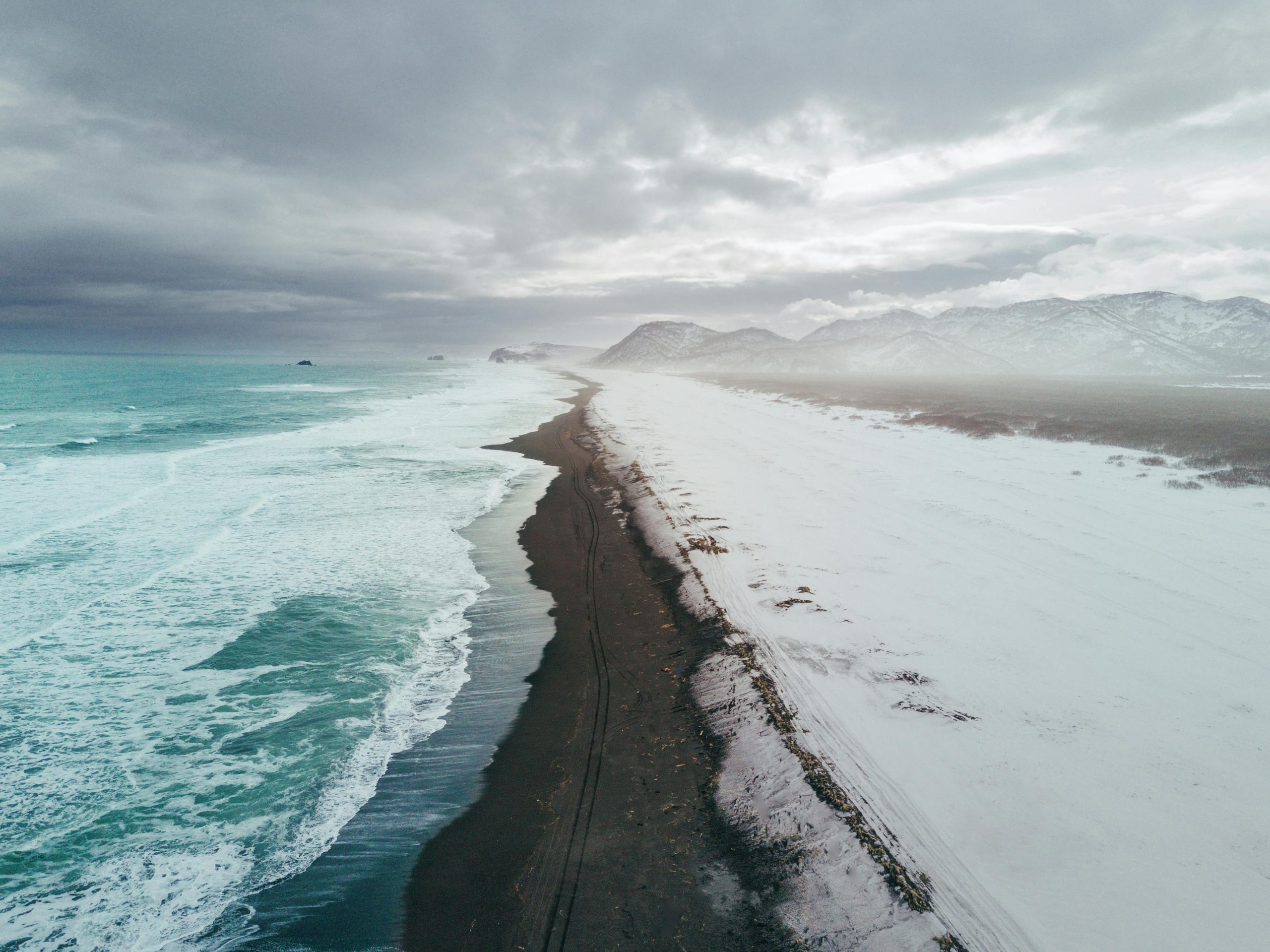Nestled in the heart of Siberia, Lake Baikal is one of the most remarkable and captivating natural landmarks in the world. Known as the deepest and oldest freshwater lake, it is home to an abundance of wildlife and a fascinating cultural history. With its stunning blue waters, dramatic landscapes, and unique biodiversity, Lake Baikal offers travelers an unforgettable experience.
A Glimpse into Lake Baikal’s History and Significance
At over 25 million years old, Lake Baikal holds the title of being the oldest freshwater lake on Earth. It is also the deepest lake, plunging to depths of over 1,640 meters (5,380 feet), which is deeper than the combined height of the world’s tallest mountains, including Mount Everest. This vast body of water, covering over 31,000 square kilometers (12,000 square miles), is nestled between mountain ranges and provides an unparalleled natural setting that has earned it a UNESCO World Heritage status.
Lake Baikal is also a crucial part of the local ecosystem, supporting a variety of unique species of plants and animals, many of which are found nowhere else on the planet. Among these are the Baikal seal, one of the only freshwater seal species in the world, and the Omul fish, a local delicacy. The lake’s remoteness and pristine environment make it a sanctuary for nature lovers and adventurers alike.
Things to Do at Lake Baikal
Lake Baikal offers a variety of activities for those looking to explore its natural wonders, from scenic cruises to winter adventures on the frozen surface.
- Cruise the Lake: One of the best ways to experience Lake Baikal’s vastness is by taking a boat tour. These cruises offer incredible views of the surrounding mountains and cliffs, as well as the opportunity to visit some of the lake’s small islands, such as Olkhon Island. A boat ride also allows visitors to witness the lake’s crystal-clear waters and possibly spot the elusive Baikal seal.
- Trekking and Hiking: Surrounding the lake are countless trails that lead through dense forests, along rocky shores, and up into the hills. Hiking around the lake offers breathtaking views of the clear blue water set against the dramatic backdrop of snow-capped mountains. Popular routes include hikes to Shaman Rock and along the Circum-Baikal Railway, a historic railway that runs along the southern shore of the lake, providing travelers with spectacular panoramic vistas.
- Explore Olkhon Island: The largest of Lake Baikal’s islands, Olkhon is a popular destination for both nature lovers and those interested in the local Buryat culture. Visitors can explore the island’s unique landscapes, including rocky cliffs, sandy beaches, and dense forests. Olkhon is also home to several small villages, where visitors can learn about the traditions and lifestyle of the indigenous Buryat people.
- Wildlife Watching: Lake Baikal is a haven for wildlife enthusiasts. The lake is home to a variety of species, including over 1,500 species of plants, seals, and numerous birds. The surrounding forests and mountains also provide shelter to sable, brown bears, and other local wildlife. A guided wildlife tour offers the best chance to see these animals in their natural habitat.
- Winter Adventures: During the winter months, Lake Baikal transforms into a winter wonderland, attracting visitors for ice-related activities. Ice fishing, snowmobiling, and ice trekking are popular winter activities, with the lake’s frozen surface offering a unique opportunity to explore its icy expanse. The surface of the lake becomes so clear in winter that you can see the ice formations below, creating an almost magical experience.
- Camping and Glamping: For those wanting to truly connect with the natural beauty of Lake Baikal, camping is a popular way to experience its untouched landscape. There are several campsites along the shores of the lake, and glamping options are also available, combining the experience of sleeping under the stars with some added luxury. Spending the night under the clear skies of Siberia, surrounded by nature, is an experience unlike any other.
- Visit the Baikal Museum: Located in Listvyanka, a village on the shore of Lake Baikal, the Baikal Museum offers a deep dive into the history, geology, and ecology of the lake. The museum provides valuable insights into the lake’s unique environment and the research being conducted to preserve its delicate ecosystem.
When to Visit
The best time to visit Lake Baikal largely depends on the type of experience you are seeking. Summer (June to September) is the most popular time for hiking, boat tours, and wildlife watching, with temperatures ranging from 10°C to 25°C (50°F to 77°F). This season also offers more accessible transportation and activities.
Winter (December to February) is a special time for those interested in winter sports or a more serene experience. The lake’s frozen surface provides a stunning sight and offers the chance to enjoy ice-related activities, with temperatures often dipping to -20°C to -40°C (-4°F to -40°F). However, winter weather conditions require careful planning and preparation for a safe visit.
How to Get There
Reaching Lake Baikal is an adventure in itself. The closest major city is Irkutsk, which is about 70 kilometers (43 miles) from the lake. Irkutsk is well-connected to major Russian cities via air and rail, and from there, you can travel by bus, taxi, or private tour to Listvyanka or other lakeside destinations. The Trans-Siberian Railway also passes near the lake, offering a scenic and historic route for travelers wanting to explore Russia by train.
Travel Tips
- Prepare for the Weather: The climate around Lake Baikal can be harsh, especially in the winter. Be sure to dress in layers, with waterproof and insulated clothing to stay comfortable no matter the season.
- Respect Local Traditions: Lake Baikal is an important cultural and spiritual site for the Buryat people. Visitors should be mindful of local customs and traditions, particularly when visiting sacred sites like Shaman Rock.
- Stay Safe on the Ice: If you plan to visit during winter, always check ice conditions before venturing out onto the frozen lake. Many areas are safe, but others may be prone to ice thinning or cracking.
A Natural and Cultural Treasure
Lake Baikal is a destination that promises both stunning natural beauty and a deep connection to the history and culture of Siberia. From its crystal-clear waters and unique wildlife to its rich history and the vast, rugged landscapes that surround it, this ancient lake offers a rare and profound adventure. Whether you are exploring the shorelines, trekking through the surrounding forests, or experiencing the frozen expanse in winter, Lake Baikal is an exceptional place to discover the unspoiled wonders of the natural world.

